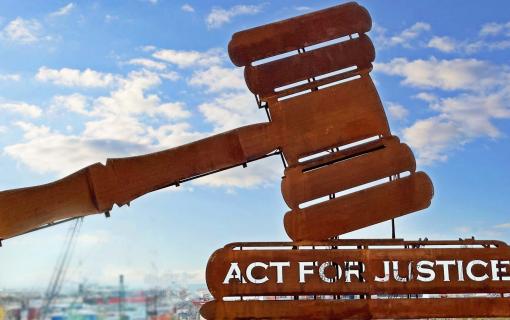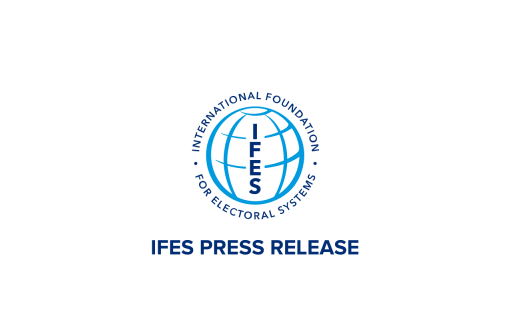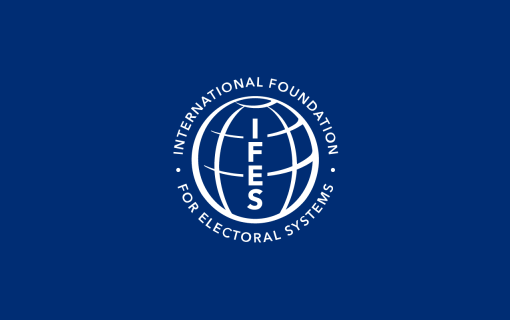Electoral Districts in Lebanon
Electoral districting is pivotal to electoral reform in Lebanon. Current parliamentary electoral district boundaries are based on Lebanon’s administrative districts, or Qadas. However, the 1989 Ta’if agreement states that electoral districts shall be based on the six Muhafaza (governorates).
The allocation to each Qada of parliamentary seats, as well as the number of seats per confessional group, has remained unchanged since 1992. Since then, there have been four different ways in which Qadas have been designated into electoral districts (see Annex B).
Under the current electoral law, adopted in September 2008, there are 26 electoral districts, three of which include two Qada merged together. The current electoral districts vary widely in the size of their electorates. The city of Beirut is divided into three districts using the boundaries of the 12 Ahya’ (neighborhoods).
As Lebanon debates a new electoral law for the 2013 parliamentary elections, there will be a focus on, and a possible change to, electoral districting.
IFES has developed a briefing paper on the 26 current electoral districts in Lebanon. The brief provides comprehensive analysis of voter registration and electoral data as it pertains to each of the districts, including:
- Registered voters and parliamentary seats
- Registered voters by district
- Parliamentary seats by district and confession
- Parliamentary seats by district, confession and political affiliation
The full analysis is available here.









